
Buying Local Food
In recent years, "buying local" has emerged as a new buzzword in the food industry - yet it is hardly a new idea.
The reason behind this shift is simple - buying food that is grown or produced nearby means that it has to travel less distance to get to your table, which results in fresher and more flavorful food. Additionally, buying local helps support the local economy, reduce the carbon footprint of transporting food long distances, and fosters a sense of community by connecting consumers with the people who grow their food. With these benefits, it's no wonder that buying local has become the new buzzword on campus.
Here are some community initiatives that promote buying locally sourced food:
-
Farmers' Markets - This one is my personal favorite. Many cities have weekly farmers' markets that offer locally grown produce and other foods from nearby farmers and producers. These markets provide a great opportunity to meet the farmers, learn about their growing practices, and purchase fresh food directly from the source. See here for Farmers' Markets that Creamery Creek will attend!
-
Community Supported Agriculture (CSA) - Many CSA programs offer weekly or monthly boxes of seasonal produce from local farms. By signing up for a CSA, consumers can support local farmers while gaining access to a variety of fresh and healthy produce. Creamery Creek doesn't have a CSA per-se, but we do have a subscription box program called creekclub that will make your beef buying easy and automatic.
-
Farm-to-Table Restaurants/Dinners - Many restaurants have embraced the farm-to-table movement by sourcing their ingredients from nearby farms and producers. These restaurants often highlight local flavors and support the local economy while providing delicious cuisine. Stay tuned, this is something I really want to pull together and host at our own farm.
-
Food Co-ops - Food co-ops are community-owned grocery stores that provide access to high-quality, locally sourced foods at affordable prices. By purchasing a membership, consumers can support locally sourced food and gain access to sustainably sourced and healthy ingredients. In La Crosse - check out People's Food Co-op, I love to browse the aisles there!
-
Local Food Hubs - Some communities have established local food hubs that coordinate the distribution of locally sourced food to restaurants, grocery stores, and other outlets. These hubs help create a more efficient supply chain for locally sourced food, making it easier for consumers to access fresh and healthy food from nearby farms and producers. I haven't found these in the greater La Crosse area, but I search often and will update if I hear of one.
This is only a short list of what you can do to support your community farmer! There are many more ideas like sharing on social medial, telling a friend, slowing down on the road near farm equipment, and my favorite, a friendly wave!
Farming is 365/7/24 and depite that, we love what we do so much. Thanks for reading and tell me your thoughts on supporting your local farmers - there are a lot of us!
Thanks always,
Louisa
You might also like
Products featured in this blog post



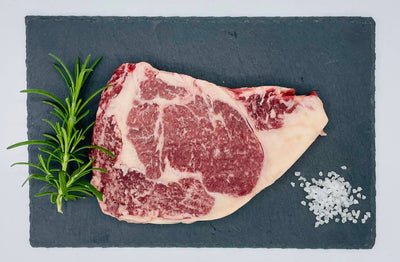
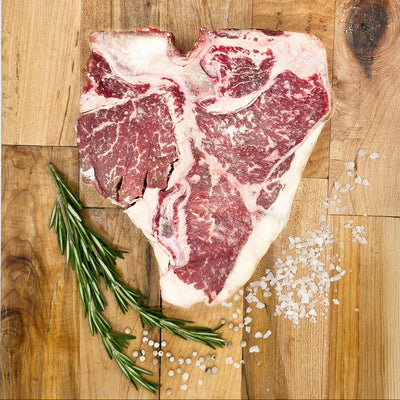
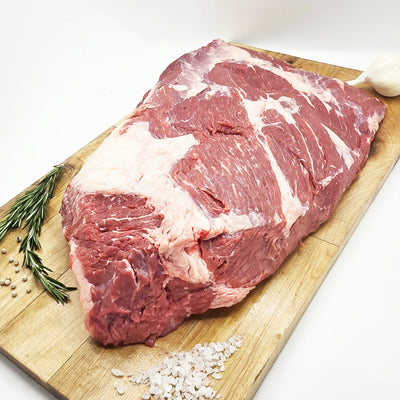
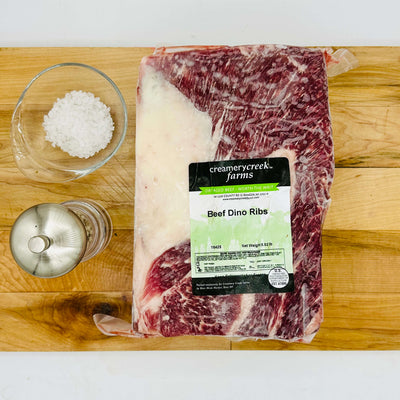
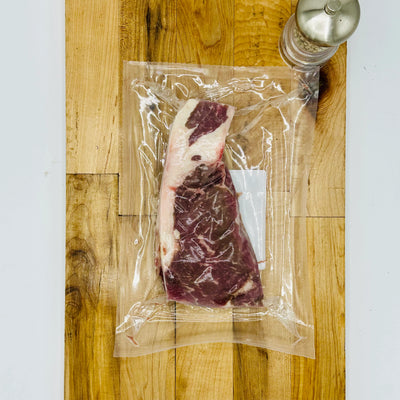
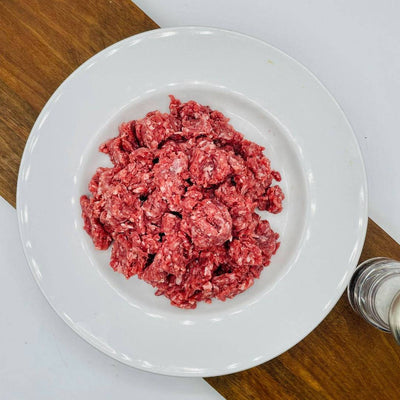
Leave a comment
Also in Farm Blog
Dry Aged Beef vs Wagyu
Dry aged beef and Wagyu are two of the most celebrated styles of steak. One brings deep, nutty intensity while the other offers rich, buttery tenderness. You'll have to choose what is right for you, but I have a pretty good
Keep reading
Picanha vs Coulotte: What Makes These Cuts So Special
Picanha and coulotte are two specialty steaks that beef lovers cannot stop talking about. Picanha is rich and juicy with a fat cap that bastes itself as it cooks. Coulotte is leaner but still bold in flavor, perfect for quick grilling. At Creamery Creek, both cuts are dry aged for unmatched taste and always sell out fast because there are so few per animal. Learn the difference and why these rare steaks are worth chasing.
Keep reading
Can You Eat Dry Aged Beef Raw?
Dry aged beef is famous for its rich, nutty flavor and tender bite, but can you eat it raw? The short answer is yes, you can, but it is not the safest choice. Unlike cuts prepared for steak tartare or carpaccio, dry aged beef develops a crust during aging that is trimmed away and best enjoyed cooked. Learn why the grill or pan is the right way to unlock its flavor and keep your meal safe.
Keep reading